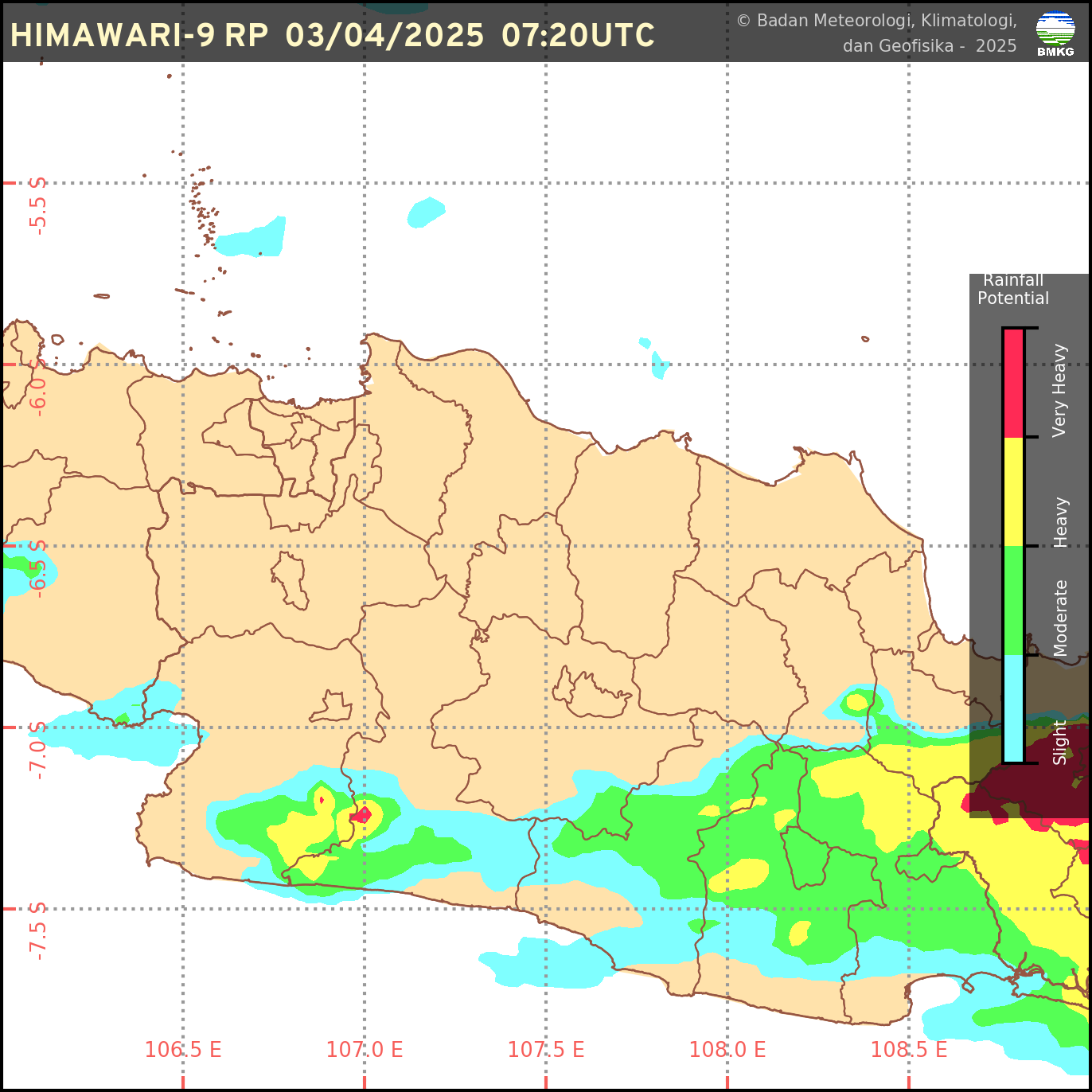Authors: S Nurdiati, F Bukhari, MT Julianto, A Sopaheluwakan, M Aprilia, I Fajar, P Septiawan & MK Najib.
Abstract: Land and forest fire have been identified as one of the main problems contributing to forest biodiversity and Global Warming and well known as the phenomenon affected by El Niño Southern Oscillation (ENSO) and Indian Ocean Dipole (IOD). The total burned area becomes higher when either El Niño or positive IOD occur. This research aims to analyze and quantify the direct correlation of the Niño 3.4 and difference between west and east pole of IOD sea surface temperature anomaly (SSTA) to the burned area in Indonesia and the impact of ENSO and IOD of each category on the burned area. The correlation between spatial location with Niño 3.4 and difference IOD SST's will be analyzed using a heterogeneous correlation map. Meanwhile, the quantitative impact will be calculated based on the singular value decomposition analysis result to each year categories. The most significant impact of El Niño has occurred on Merauke following Kalimantan shows the strongest correlation between burned area and Niño 3.4 SST. However, the significant increase of burned area only occurred during very strong El Niño. Both areas can have double amount of burned area during peak fire in very strong El Niño. Moderate El Niño have the most diverse impact with the stronger one occurs on Kalimantan and Merauke. Weak El Niño can have a significant impact if occurred simultaneously with positive IOD. Even more, it can surpass the effect of a single Moderate El Niño. Meanwhile, the strongest IOD impact happened in the southern part of Sumatra.
Keywords: Forest fire, Burned Area, El Niño Southern Oscillation, Indian Ocean Dipole, Sea surface temperature
Dipublikasikan pada Terrestrial, Atmospheric and Oceanic Sciences, Volume 33. Article number: 16.




 Sumber: BMKG
Sumber: BMKG
0 Komentar